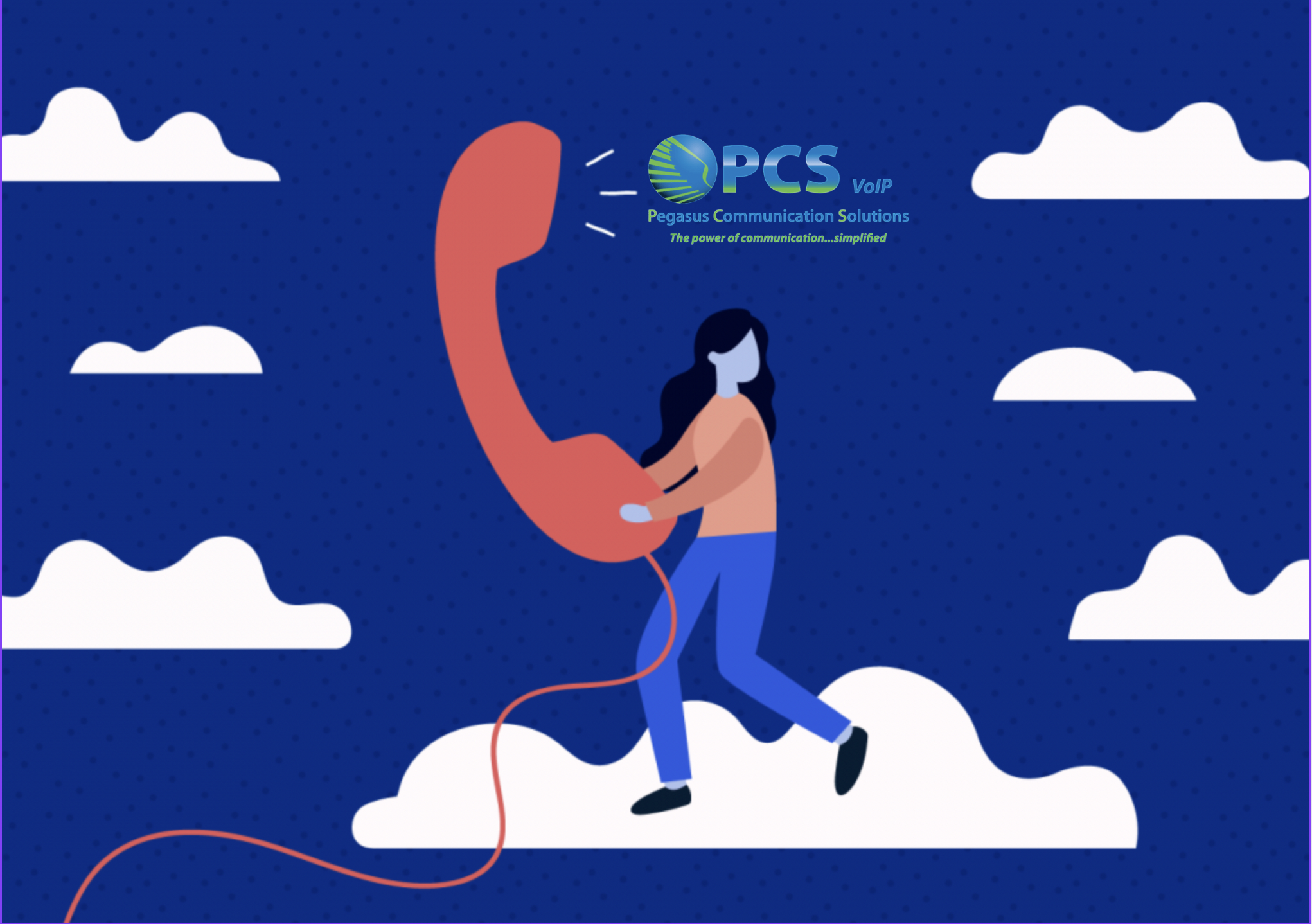
Session Initiation Protocol or SIP is a signaling protocol used for initiating, maintaining, and terminating real-time sessions that include voice, video and messaging applications.
In IP and traditional telephony, network engineers have always made a clear distinction between two different phases of a voice call. The first phase is “call setup,” and includes all of the details needed to get two telephones talking. Once the call has been setup, the phones enter a “data transfer” phase of the call using an entirely different family of protocols to actually move the voice packets between the two phones. In the world of VoIP, SIP is a call setup protocol that operates at the application layer. You may have also heard of H.323, an ITU protocol with similar function.
SIP features
The SIP communications protocol determines attributes when establishing and terminating multimedia sessions:
- user location
- user availability
- user capabilities
- session setup
- session management
- enabling instant messages
- multimedia conferences
- enhanced 911 emergency calls
Combining all these features helps cut down on your need for different devices and makes it easier for employees and customers to stay in touch. SIP sessions can include internet telephony, video conferencing and other forms of unified communications. The protocol can be used to invite participants to unicast or multicast sessions that do not necessarily involve the initiator.
SIP determines the endpoint used for a session, the communication media and media parameters, and whether the called party agrees to communicate. Then, SIP establishes call parameters at either end of the communication, also handling call transfer and termination.
How does SIP protocol work?
SIP operates similarly to, and incorporates parts of, Hypertext Transfer Protocol (HTTP) and Simple Mail Transfer Protocol (SMTP). Like HTTP or SMTP, SIP works in the application layer of the Open Systems Interconnection communications model.
Also, SIP is a text-based protocol, like HTTP, which means its content is in a readable format. This makes SIP easier to read and debug compared with similar signaling protocols, like H.323 There is no need for a regular, physical connection to a phone company with SIP and no need for multiple phone lines either. Instead, a SIP trunk (or a virtual phone line) installs over your current internet connection. The trunk allows you to bypass PRI lines and connect to the PSTN via the internet.
Scalability
Understanding what SIP calling is can be a challenge on its own, but it can become even more complex if you try to think about how it can support a growing company. With legacy infrastructures, adding more telephone lines, waiting for the installation of those lines and making room for extra equipment can really eat into your bottom line. It’s incredibly frustrating to buy additional phone lines because you can usually purchase them in groups of 23. This means you often have to get more than (and spend more than) what you actually need. With SIP calling, you buy one channel at a time and only when you need it. You don’t have to make guesses about future needs, and you don’t have any extra equipment lying around gathering dust.
It’s also easy to access new carrier services like call recording and voice analytics and upgrade your system as needed.
